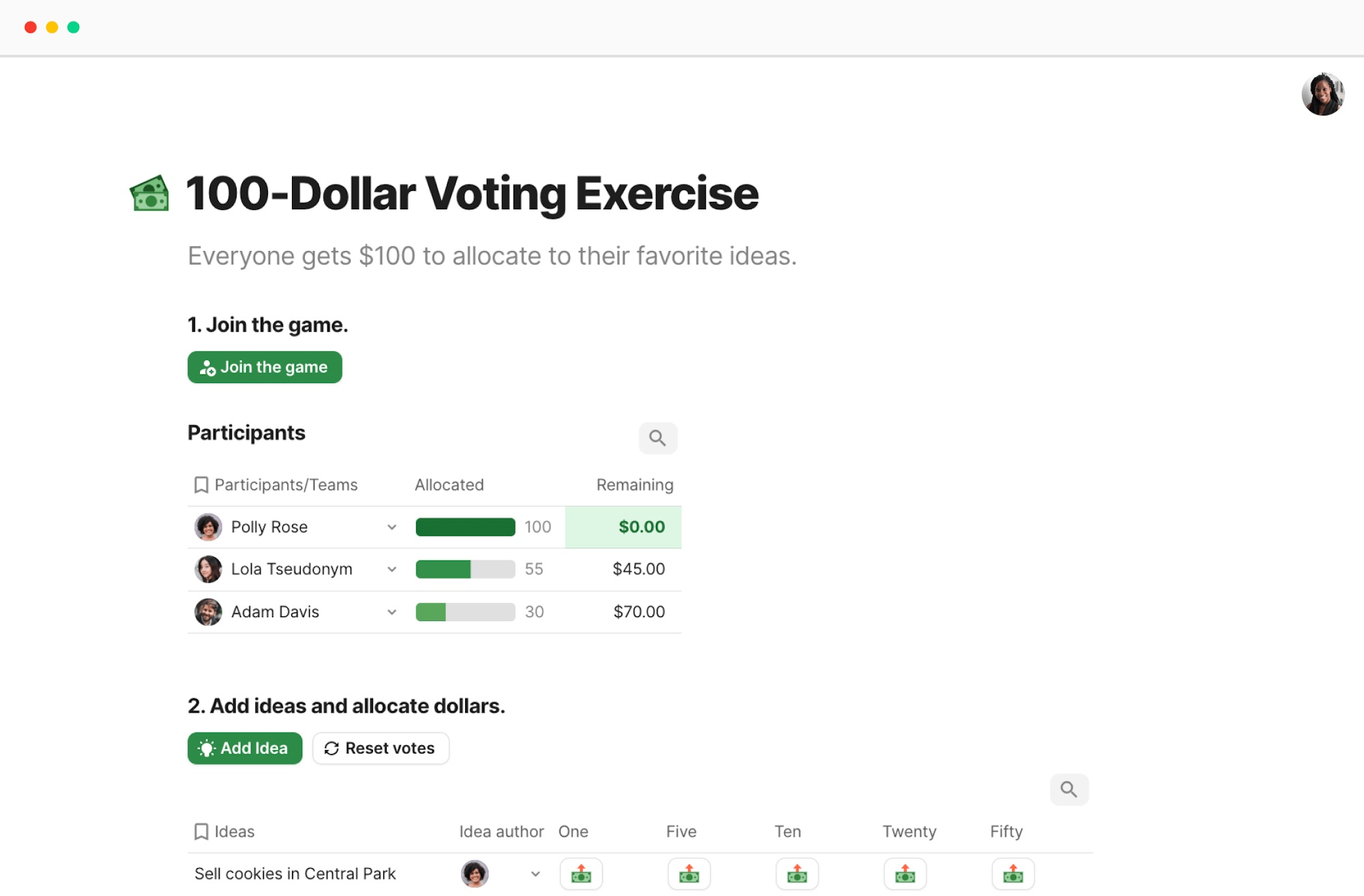Shreyas Doshi’s and Lane Shackleton’s next-level tactics for product managers
Shreyas Doshi (ex-Stripe, Twitter, Google) and Lane Shackleton (CPO at Coda) share their advice to ship faster and scale successful teams.


Teresa de Figueiredo
Product Manager at Coda
Product teams · 8 min read
Aligning on prioritization.
Prioritization is a struggle for every PM at every level, mainly because of how many stakeholders have a say in every project. Friction occurs when stakeholders on different teams or levels have different visions for a project, often on micro and macro levels, and it’s the PM’s job to figure out how to take all of those visions into account. Lane sees PMs working out of two common failure modes when it comes to prioritization. The first is setting strict priorities before actually connecting with every stakeholder. “I think a lot of us have probably been in meetings where you go do a ton of prioritization work and think you’ve created the perfect set of priorities, only to have the head of engineering or another adjacent team or design lead just kind of blow it up,” he says. “And that is amongst the worst feelings in the world when you feel like you’ve rallied your team toward a very specific prioritization that has a specific strategy, only to see it unwound.” The second failure mode Lane regularly sees is related: playing telephone. Yes, it’s important to get as much feedback up front as you can, but setting up 20 different one-on-ones and trying to communicate the results of each conversation to everyone else involved—before real plans have even been made—can be a wildly inefficient nightmare. The way Lane deals with this is by running the major stakeholders through a $100 voting exercise with a specially designed Coda template. Lane sets up a table with whatever ideas, problems, or features they need to prioritize and gives each person involved an imaginary $100. Stakeholders allocate their funds in relation to their priorities, “spending” more on the things they feel are most vital.
Setting stakeholder expectations.
Getting everyone on the right page at the beginning of a project saves a team from getting mired in ambiguities (not to mention saving a PM hours of relaying communication), but it’s only the beginning of managing expectations. Sure, the role is called product management, but some days it can feel like your job is just managing other people’s feelings. “Stakeholder management feels like it takes up too much time, and it often feels like a thankless job,” Shreyas says. But that doesn’t mean it’s not important. After all, managing stakeholders, especially those one level above you in an organization’s hierarchy, is a make-it-or-break-it skill for a PM.The way you communicate and their perception of how you do your job basically decides your career trajectory.
Shreyas Doshi
PM Leader















